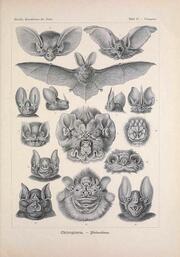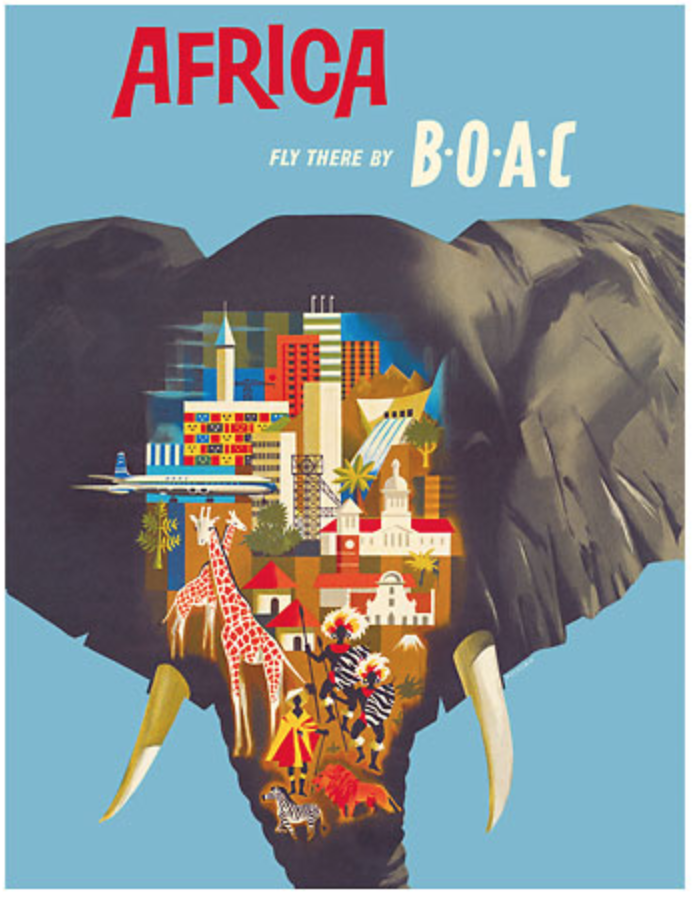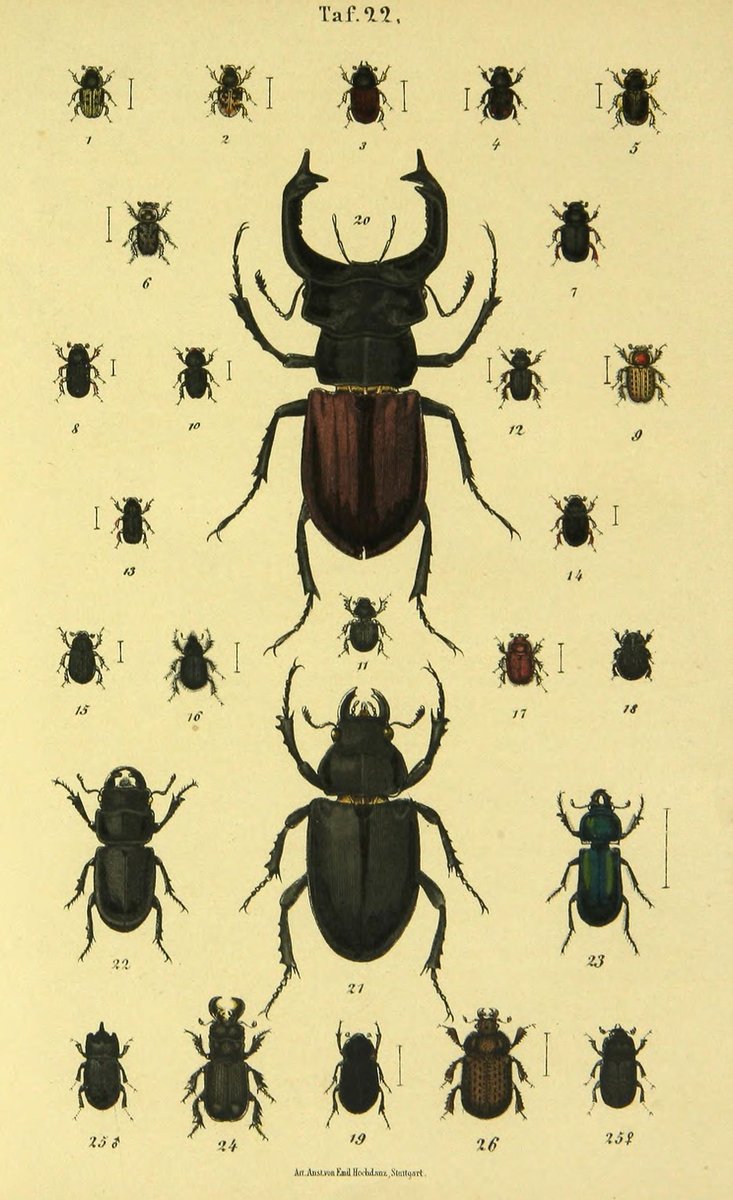|
Packed into an old Toyota Condor, I travelled up into the Mountain Kingdom (albeit slowly) to try fly fishing for the first time. Lesotho is the only country in the world that’s entirely higher than 1000 metres above sea level. It’s highest lowest point sits at 1400 metres. Even if this is factoid is not an entirely true, Lesotho definitely feels closer to the sky than earth. A little country completely encircled by South Africa, it’s been dubbed the Mountain Kingdom, referred to as Africa’s Alps and the Kingdom in the Sky. But, I think I’m the first one to call it Above Water. Lesotho has water in true abundance. With records showing that the total water consumption sits at about 2m³/s, while the total availability is about 150m³/s, all this water makes a great reason to visit. Leaving Johannesburg behind, driving first across the flat plains that lead to Bloemfontein, the sandstone cliffs around Ladybrand are the first hint of the uphill motoring still to come. Loaded up in the family’s trusty Toyota Condor (fondly called Condi) my partner, Scott, and I frown down at the GPS. From Maseru border, the mere 120 kilometres to our destination for the long weekend is estimated to take over two and half hours. Kicking Condi into gear, we steer the tyres across the border and into our neighbouring country for the first time. Thanks to the national speed limits, which are 80km/h on the open roads, dropping down to 50km/h when passing through towns, it does indeed take a while to drive to Semonkong, ‘The Place of Smoke’. I’ve always known in theory that altitude affects vehicles, but driving in Lesotho is sure proof. I suppose Condi’s age doesn’t help either. We’re forced to use first gear when driving up a tarred incline and it certainly reinforces that we’re well and truly in mountain country now. Luckily, there was plenty to enjoy on the way. These landmark mountains and highlands are home to dramatic landscapes, moody skies that always seem to threaten rain and surprisingly good tar roads. There is scarcely one pothole on the road that climbs from Lesotho’s capital, Maseru, up to Semonkong, but that doesn’t mean the road is smooth. Around some tighter bends, it feels as though the mountains are taking back the highways, claiming what's rightfully theirs. Rock slides spread stones and boulders on the shoulders of many passes and indifferent sheep clip-clop across the tar. We try second and third gear to pick up pace as the incline finally gives way to all-too-brief downhills, but we quickly have to give up again. First gear it is. Condi’s diesel chug-chug joins the woolly clip-clop in a Basotholand band soundtrack. An avid fisherman, Scott had chosen Semonkong to introduce me to the joys of fly fishing for the first time. We pull Condi into the small campsite and set up our home next to the Maletsunyane River for four nights. Brown and Rainbow Trout were stocked in here in the late 50’s and today, Lesotho is considered one of the last great frontiers of wilderness fly fishing. The river that flows right outside Semonkong Lodge and past our campsite offers six kilometers of some of the best preserved Brown Trout fishing in Southern Africa. This was a quest for me to catch a Basotholand Brown. From a wild river in a windy mountainous gorge. With a fly fishing rig. That I had no idea how to operate. What do trout and camping have in common? Both are easier when it isn’t raining. Fortunately, Lesotho is still beautiful in the rain and, coming from Johannesburg, I know how crucial rain is to my own survival. I live in a city that was built around a glistening gold reef rather than a glistening source of water and the very water that’s falling on our tent would eventually make its way to the taps in my home. Regardless of said rain, we set out. After all, we didn’t drive seven hours to sit in a tent (no matter how cosy it was). With a fishing guide named Elefius, at our side, I have two teachers to coach me in the art of angling. A local from the Semonkong village, Elefius has been fishing here for five years. ‘What’s your favourite stretch of river?’ I ask. ‘The one just in front of the bar at the lodge’. Scott tries his luck there and expertly catches an enormous specimen. A sought-after Basotholand Brown. He’s beyond thrilled and so is Elefius, who whips out his cellphone to snap a shot. Now it’s my turn. Something about the light, spitting rain was spurring the fish into action and we can clearly see them rising in the water. Tiny mouths sipping at the surface. My casting isn’t too bad, but every now and then, a gust of wind catches the line and wraps it around me, like a cotton bobbin on a sewing machine. I was landing my fly lure practically into the mouths of fish, but for the life of me I just cannot land and reel one in. I spend two hours trying my best but after one frustrating cast too many, I choose the tent over the trout. In four days, I lost, broke and completely smashed a total of nine flies in my attempts to land a Basotholand Brown. Coincidentally, that’s the number of fish Scott caught. It was also the temperature in degrees Celsius some nights as we camped below a cold sky of clouds, clamouring above us sending thunder and lightning across the evening. Although I didn’t catch any fish, I did catch some peace despite of my trout-induced meltdown. There’s meditation in the act of fishing the Maletsunyane River and tranquility when camping within earshot of a flowing stream. You can lead a girl to a water, but you can’t make her sink a fish. How to: Self-drive Tips for Lesotho1. Currency You can use South African rands when travelling Lesotho, but the official currency is Lesotho loti or the plural maloti, ‘M’. If you have to draw cash, note that most ATMs dispense maloti and these are not accepted back in South Africa so be sure to budget accordingly. 2. Roads Watch out for animals on the road. Donkeys, sheep, ponies and cattle seem to have equal rights travelling the roads of Lesotho, but they rarely follow the rules. There are often speed humps and pedestrian crossings in towns, be sure to follow the speed limit of 50km/h. Many roads are compacted dirt, which are easy to drive in the dry seasons, but require much more technique in the rainy season. Do not pay any fines on the spot at a road or border. Always request proof of payment and details of the duty officer. 3. Phrases Say Lumela! to locals. This means ‘hello’ in Sesotho, and should ease the way to a good interaction. 4. Semonkong Lodge There are some basic campsites and cosier cottages at Semonkong Lodge. Fly fishing is permitted on the Maletsunyane River, which flows directly in front of the lodge and there are more adventurous multi-day treks down into the gorge. The trout season is closed from May through August. The Maletsunyane Waterfall is about an hours walk away. This story first appeared in Leisure Wheels magazine.
1 Comment
14/9/2020 02:49:58 pm
Hi, Thank you for so much information especially about Semonkong which is my favourite place.
Reply
Leave a Reply. |
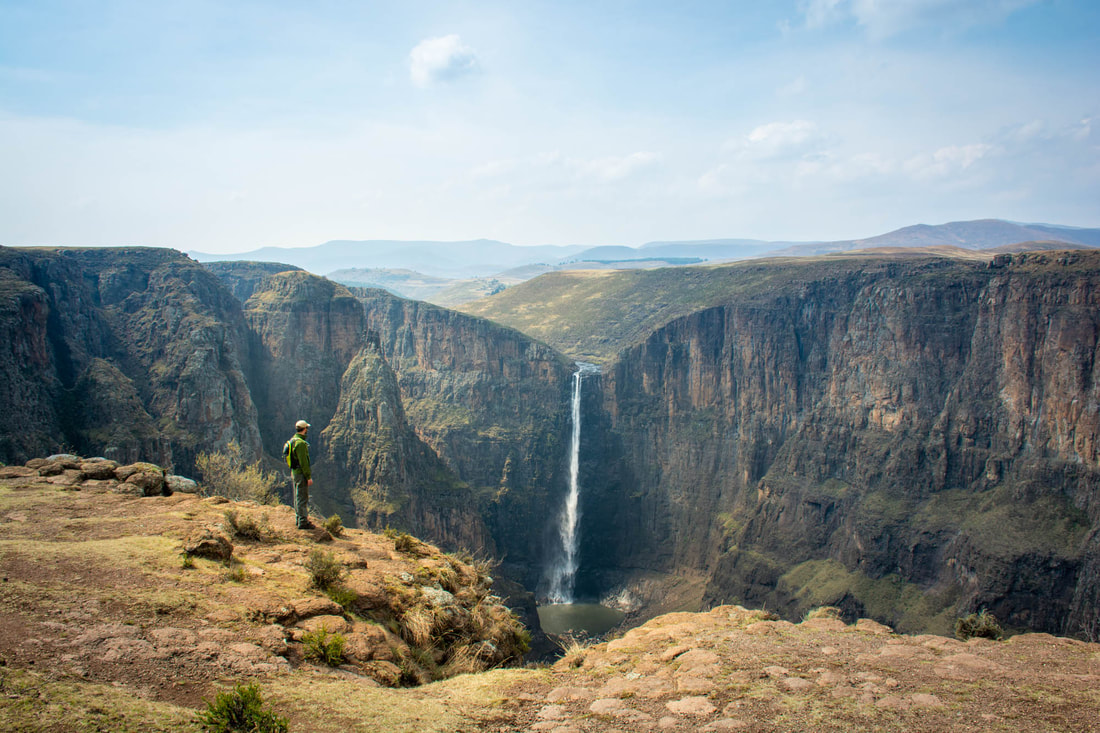
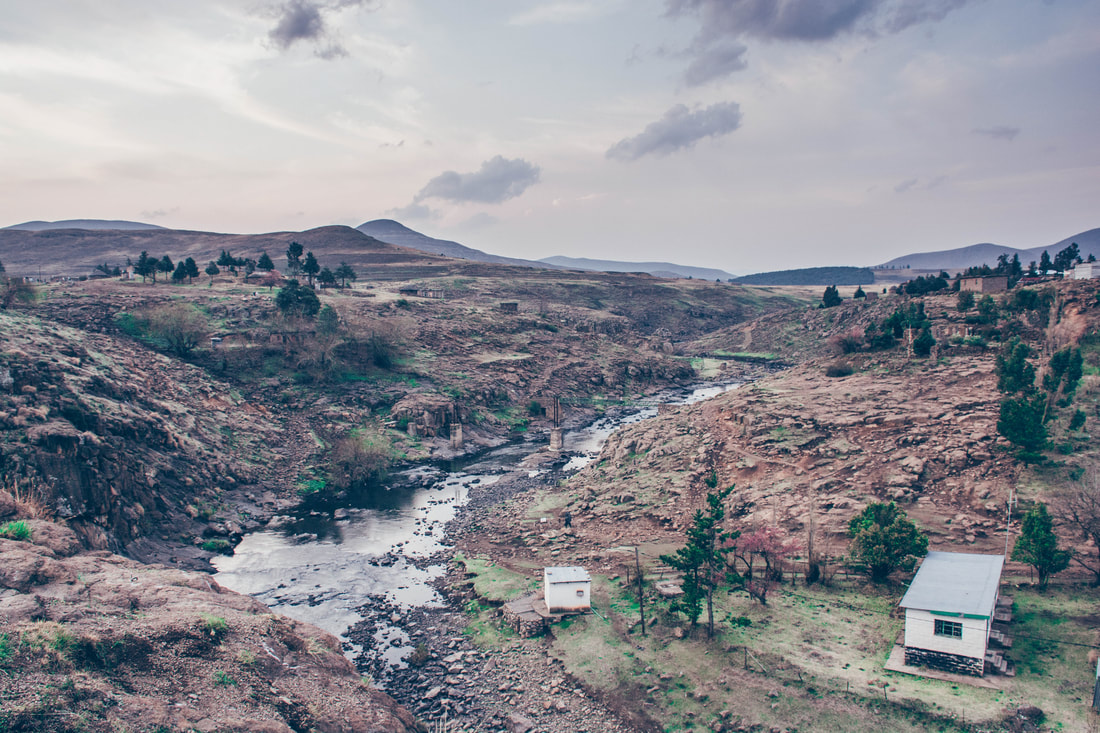
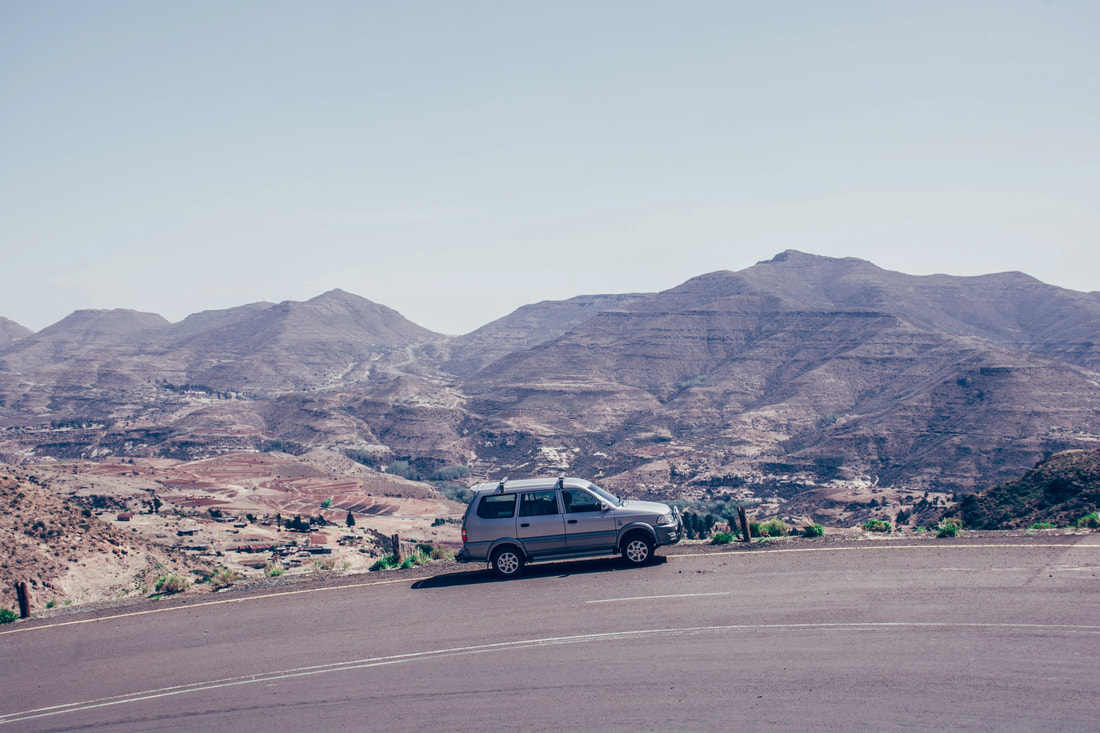
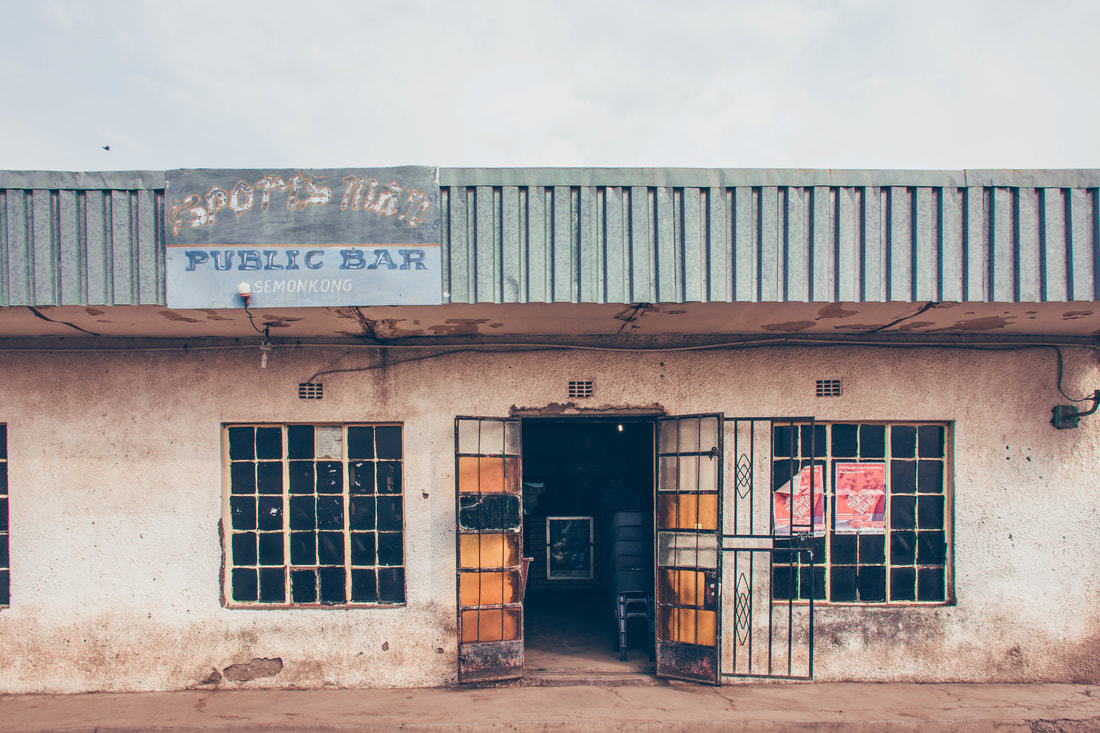
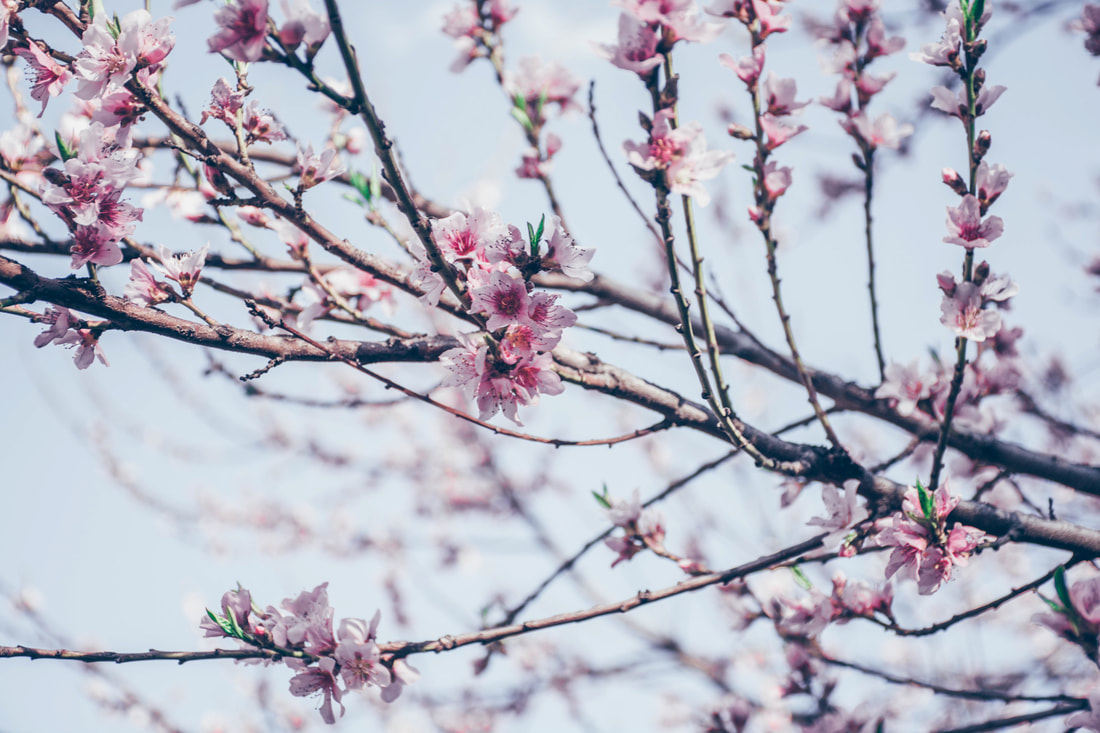
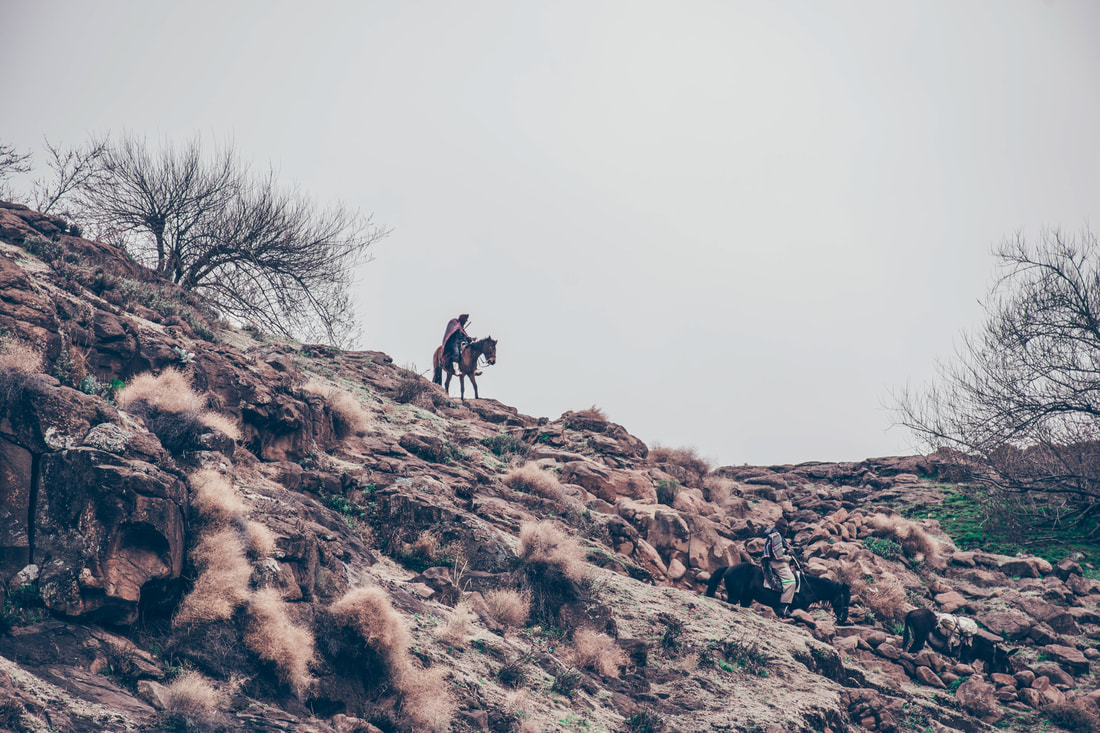
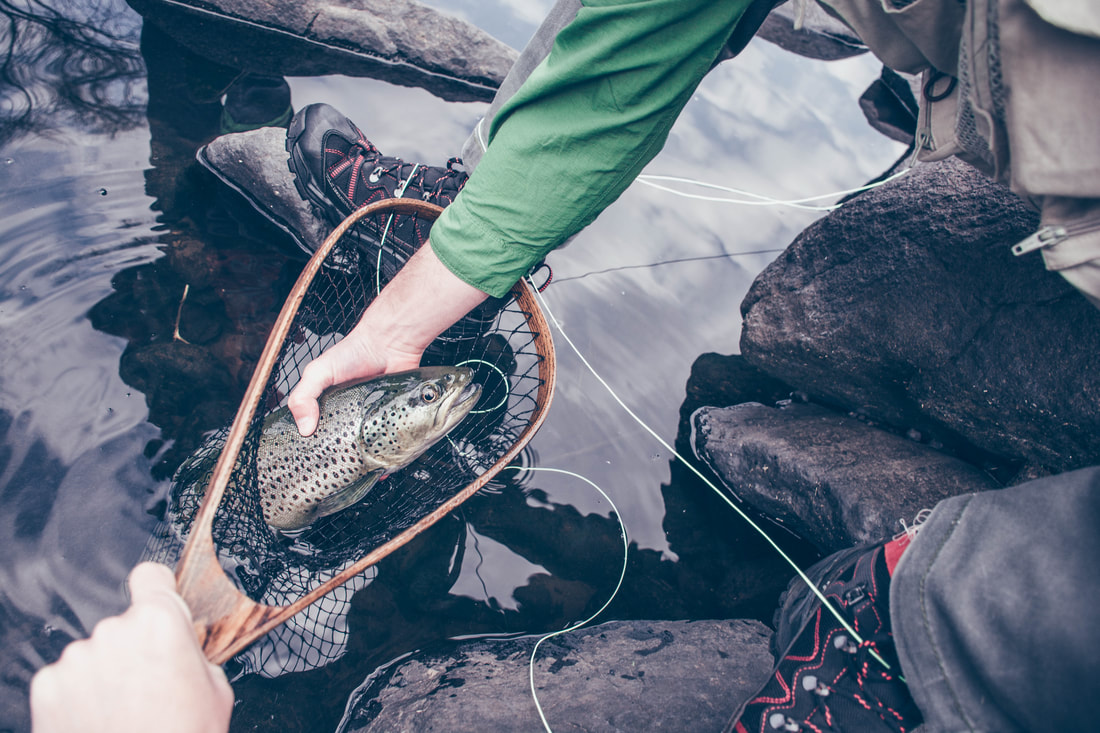
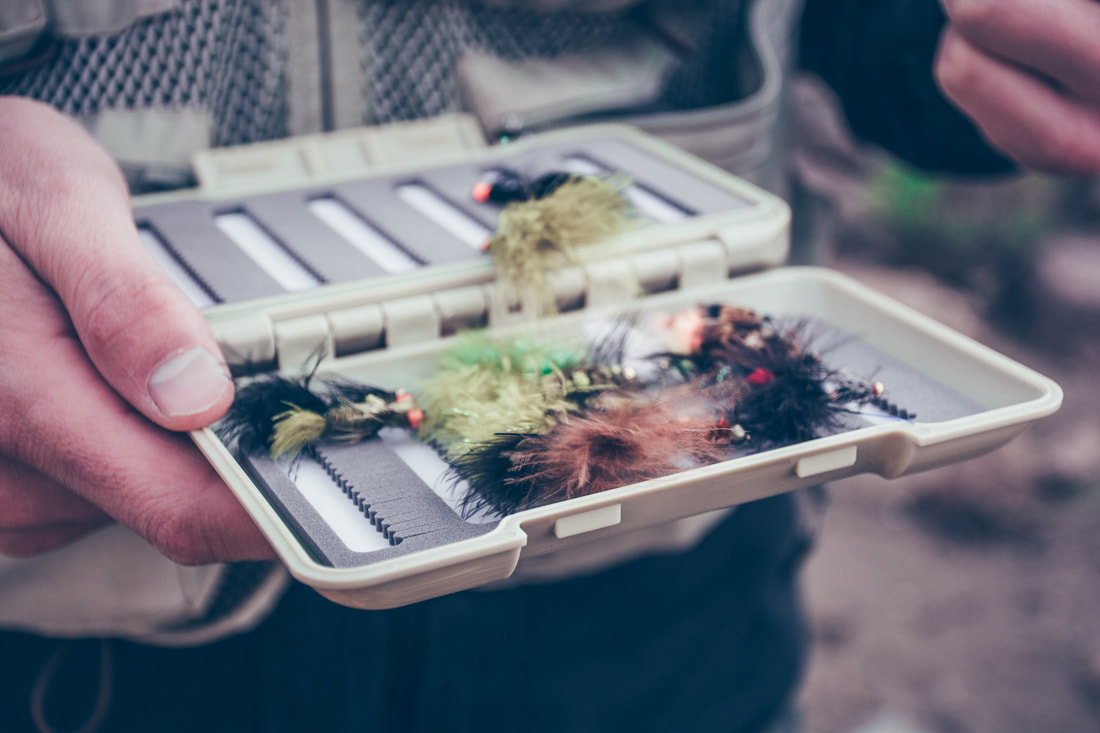
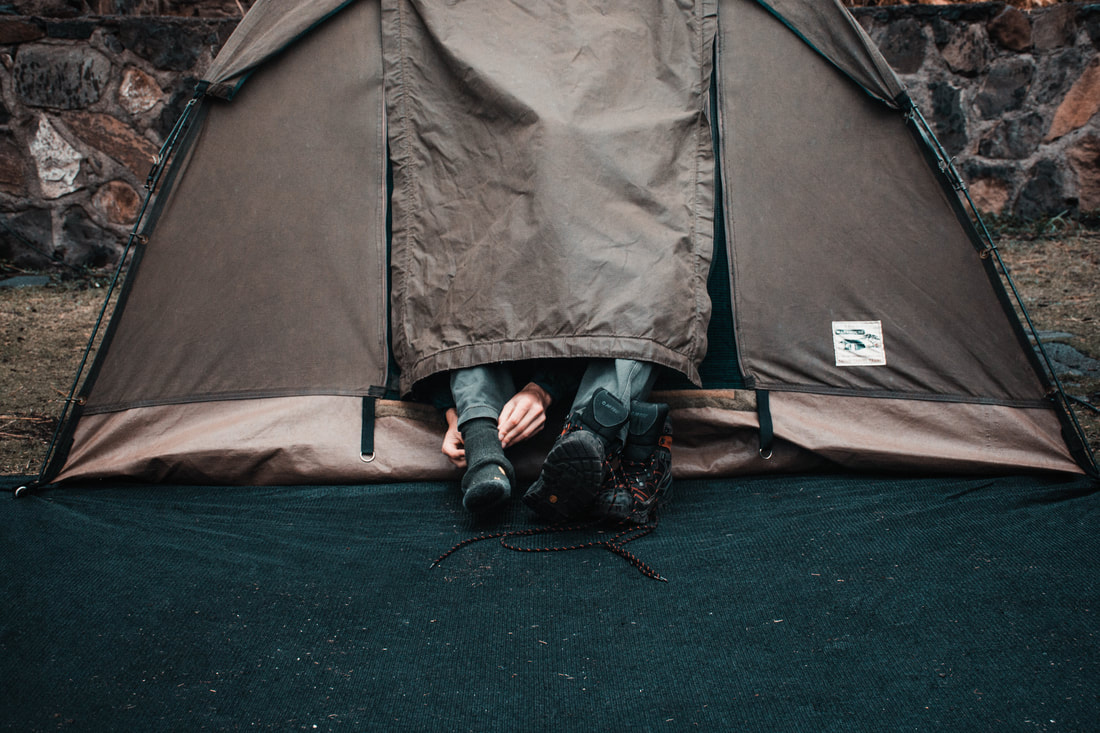
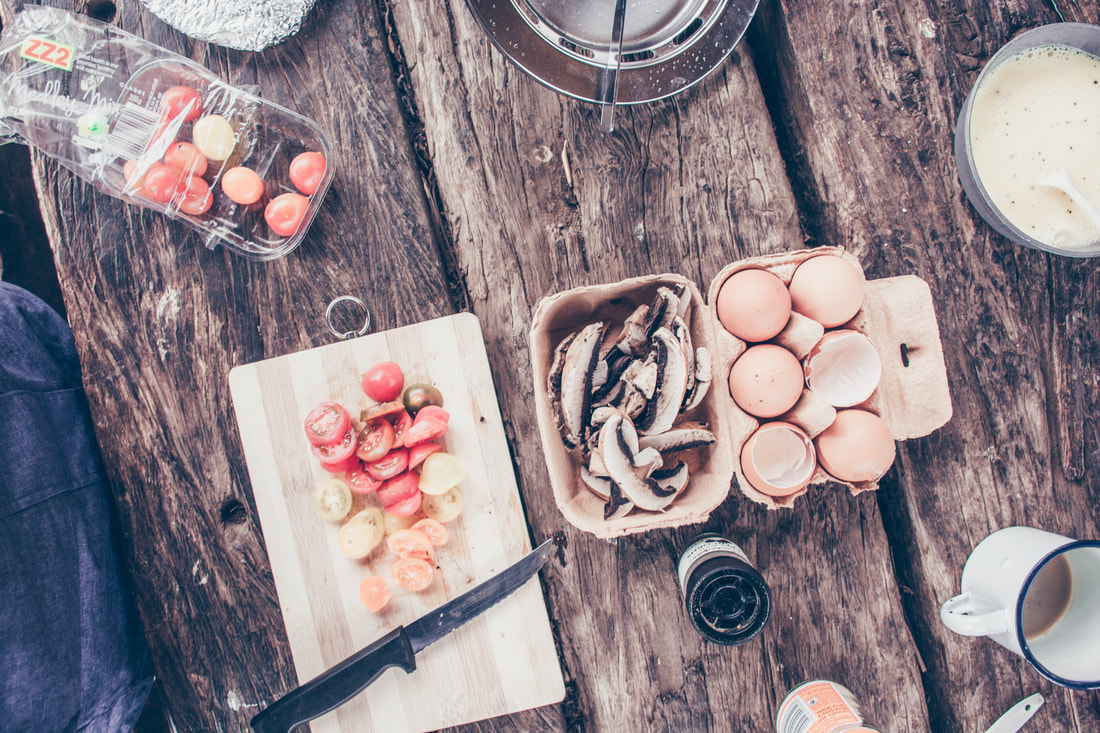
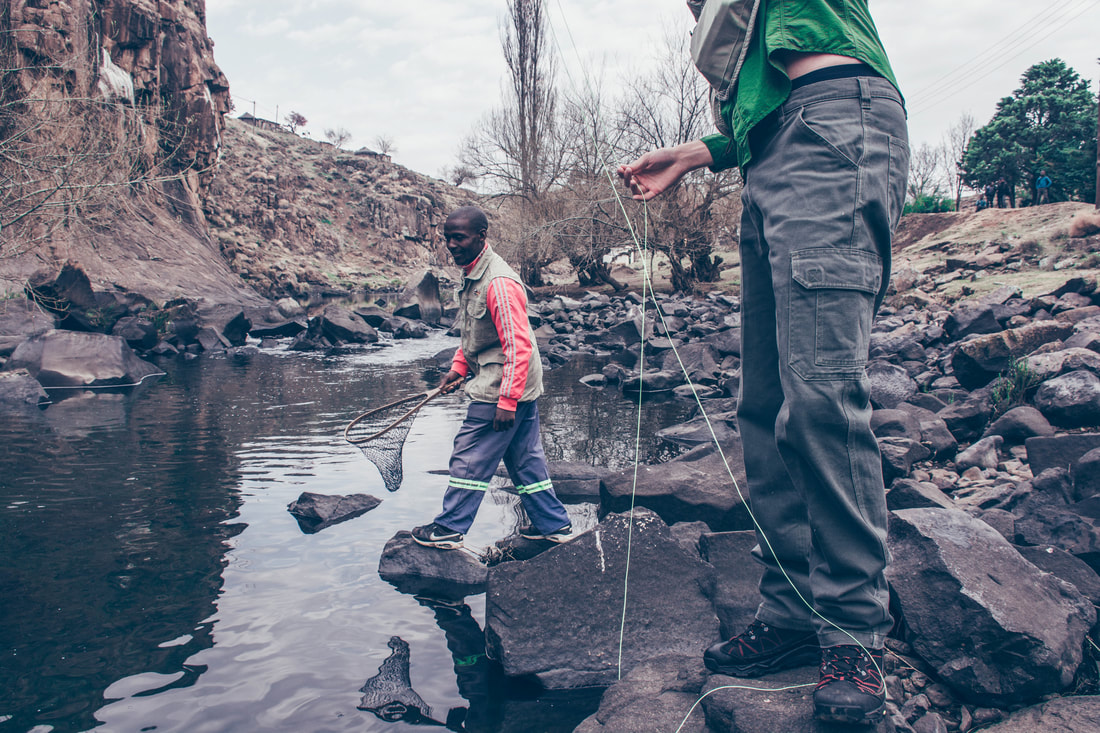
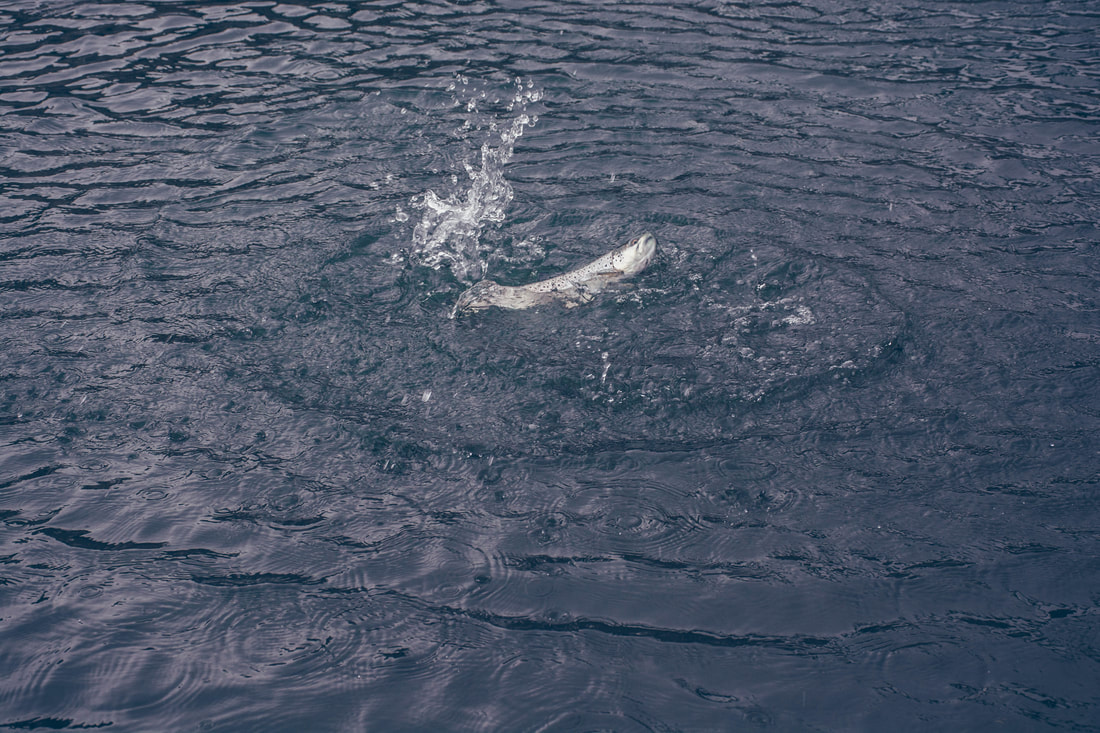
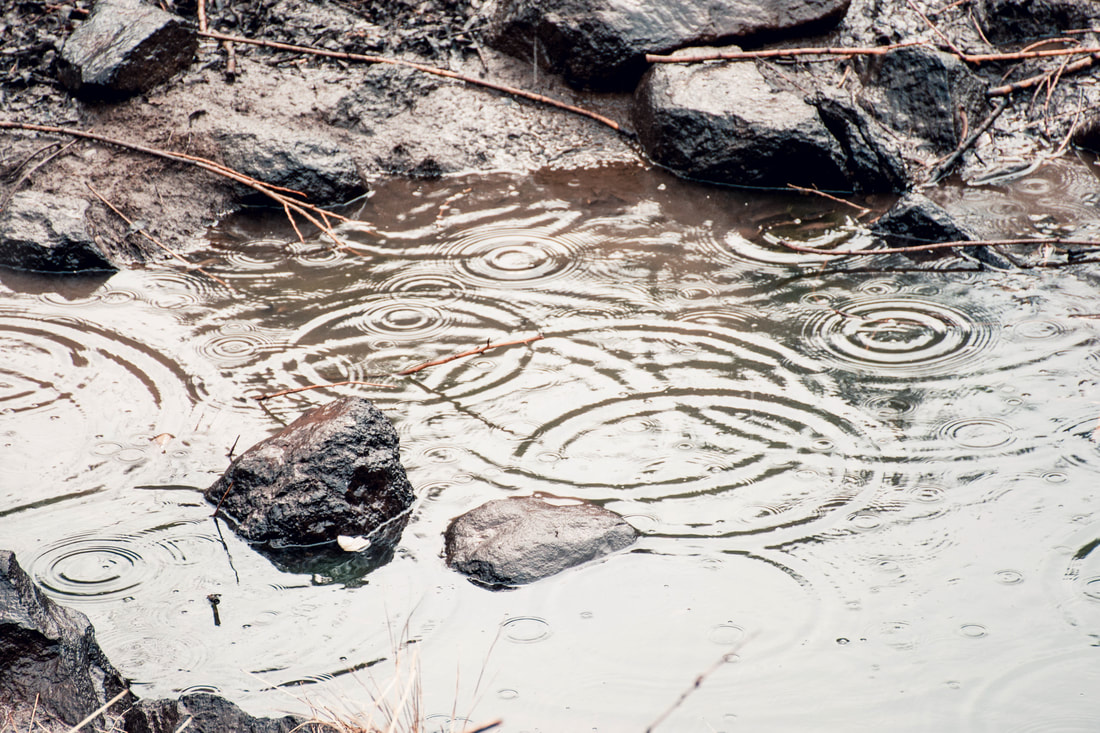
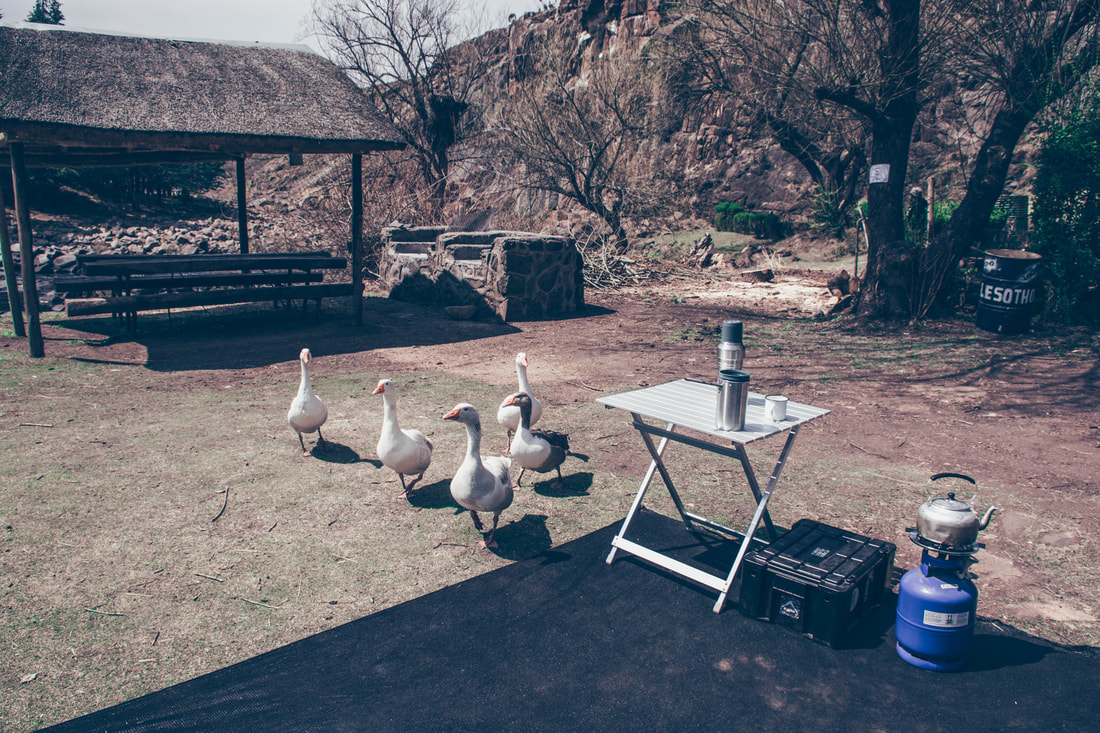
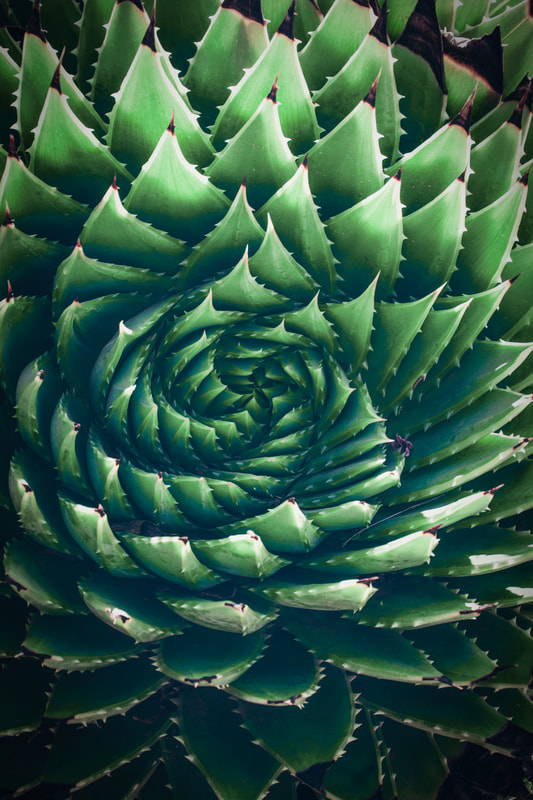
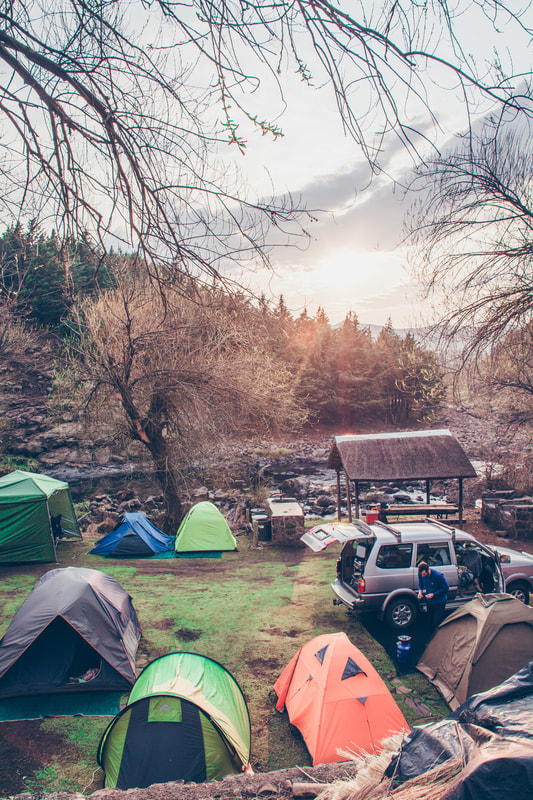
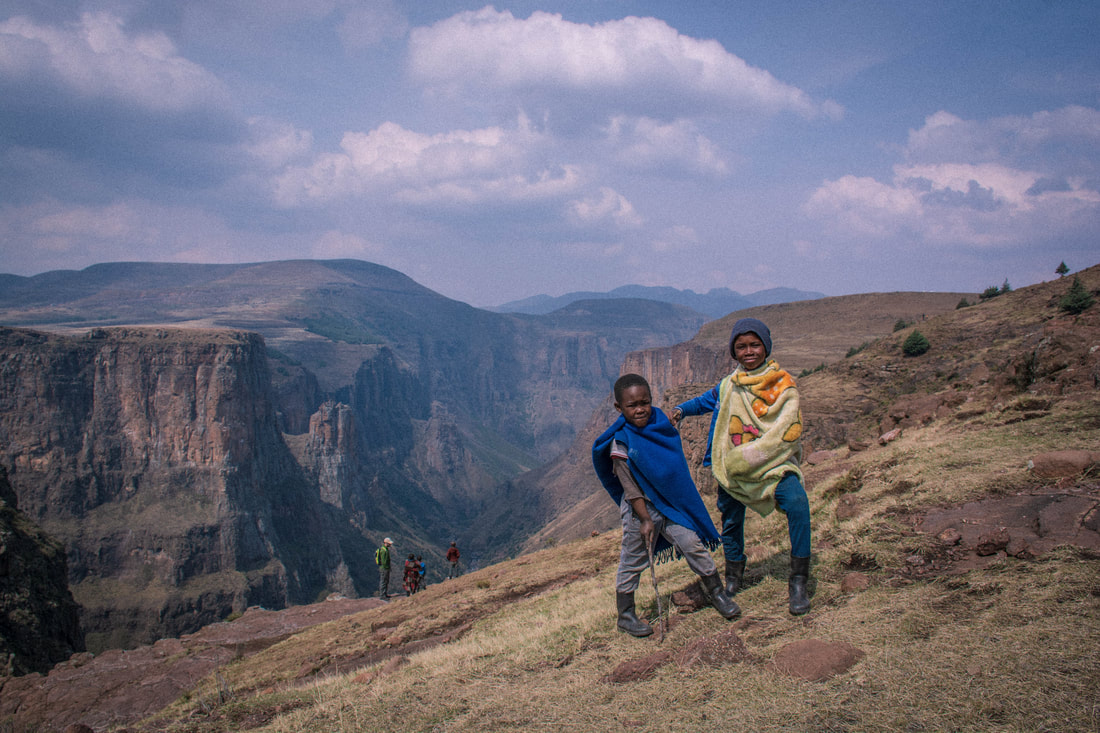
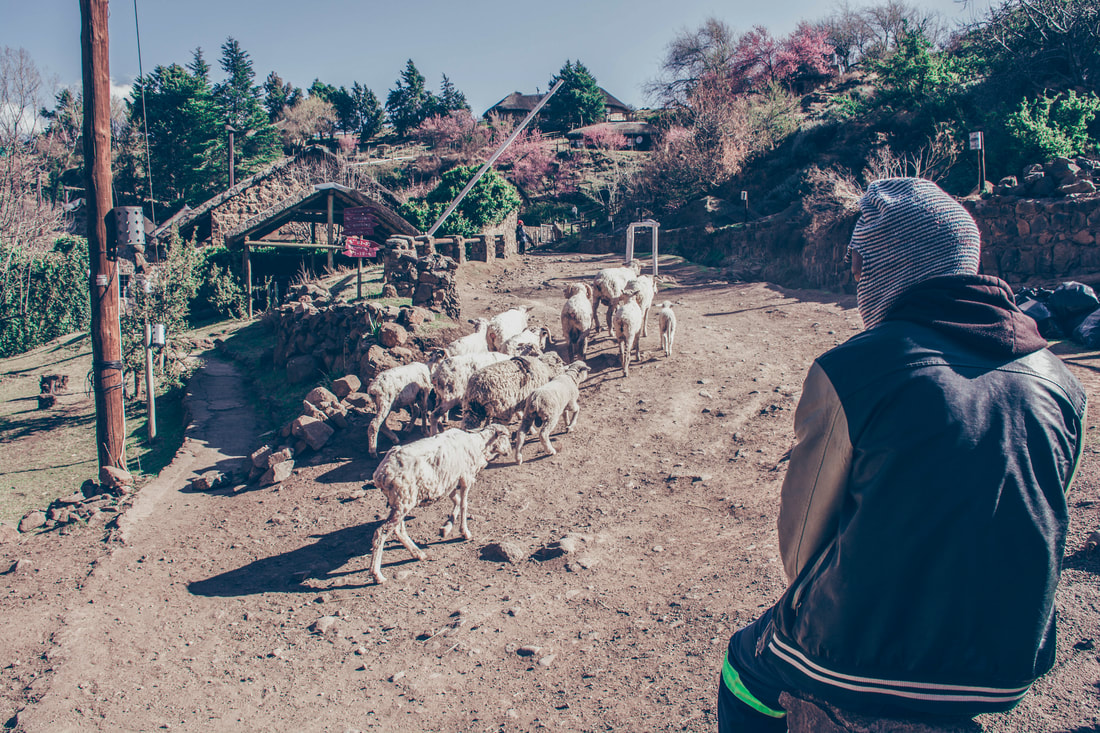
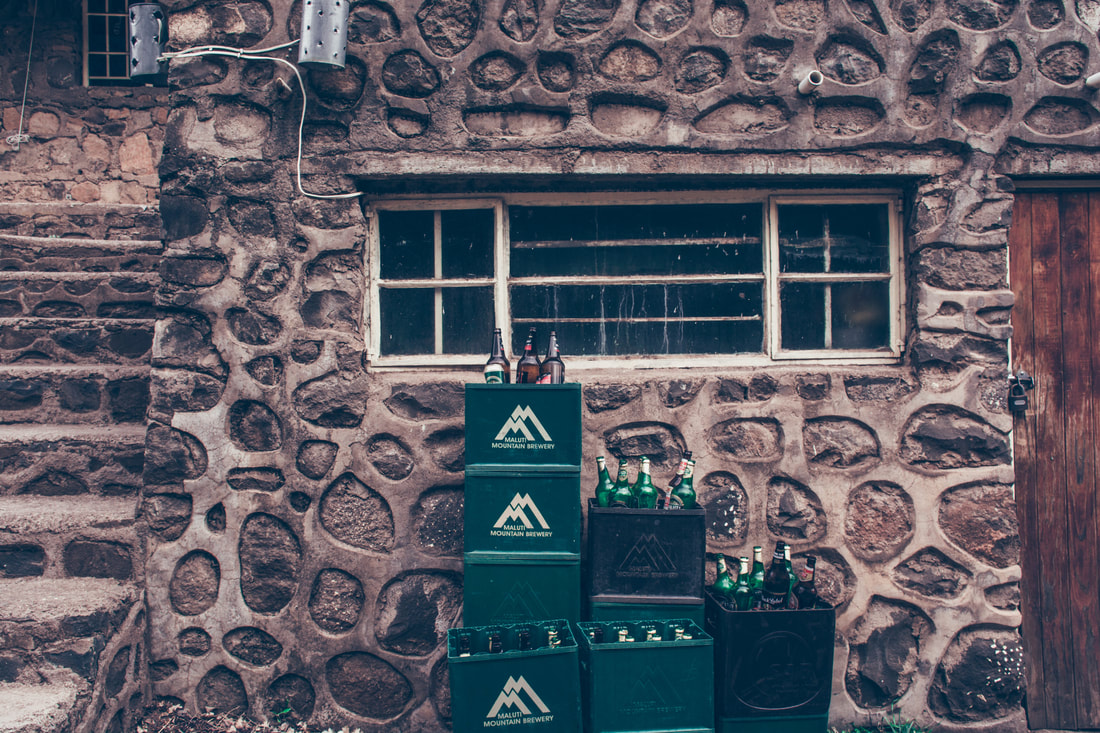
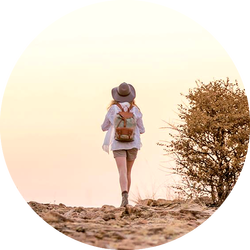
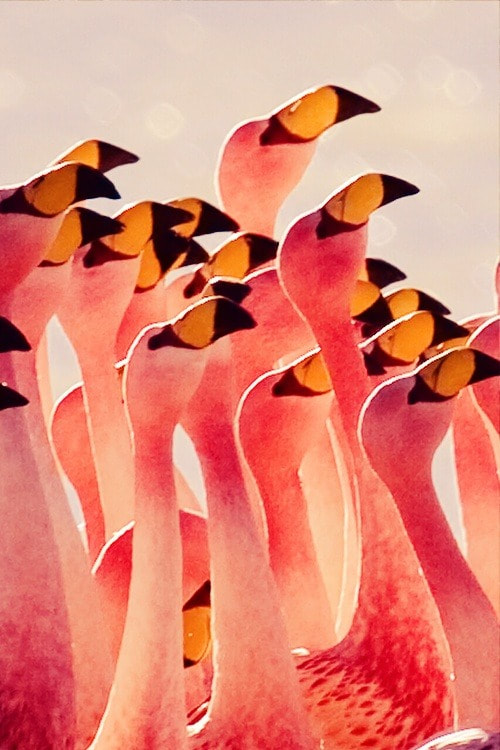
 RSS Feed
RSS Feed
